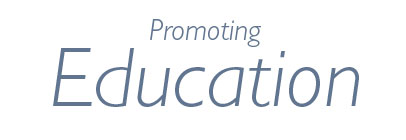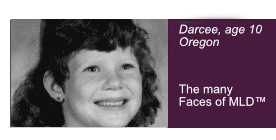Understanding the genetics of MLD is not too complicated - just some simple math ...
Recessive means that if one of the genes in the pair is defective then you are a carrier and not affected by the defect. A carrier parent can pass along the carrier status to their child, but both of the parents must have at least one copy of the defective gene in order for an offspring to be affected by MLD*.
You can envision this yourself as follows:
Each parent has a pair of genes (2 genes)
Each gene can either be healthy or bad
There are four possibilities for the condition of each parent's genes
two good genes is healthy
two bad genes is affected
one good gene and one bad gene is a carrier
(note that there are two possible combinations ... good/bad and bad/good)
Remember that the male & the female parents each have a pair of genes. Each parent contributes only one of their two genes to the child so that the child ends up with two genes ... one of the two from mom and one of the two from dad.
Let's look at all of the combinations of the parent's condition to see what it means for the condition of the child. To keep everyone straight we'll use the following notation:
H will be a healthy gene and B will be a defective gene
We'll use upper case for one parent and lower case for the other parent
So one parent is HH (healthy), BB (affected), or BH or HB (carrier)
The other parent is hh (healthy), bb (affected), or bh or hb (carrier)
The order of the genes do not matter so HB is the same as BH and hb is the same as bh



 Tweet this page
Tweet this page

